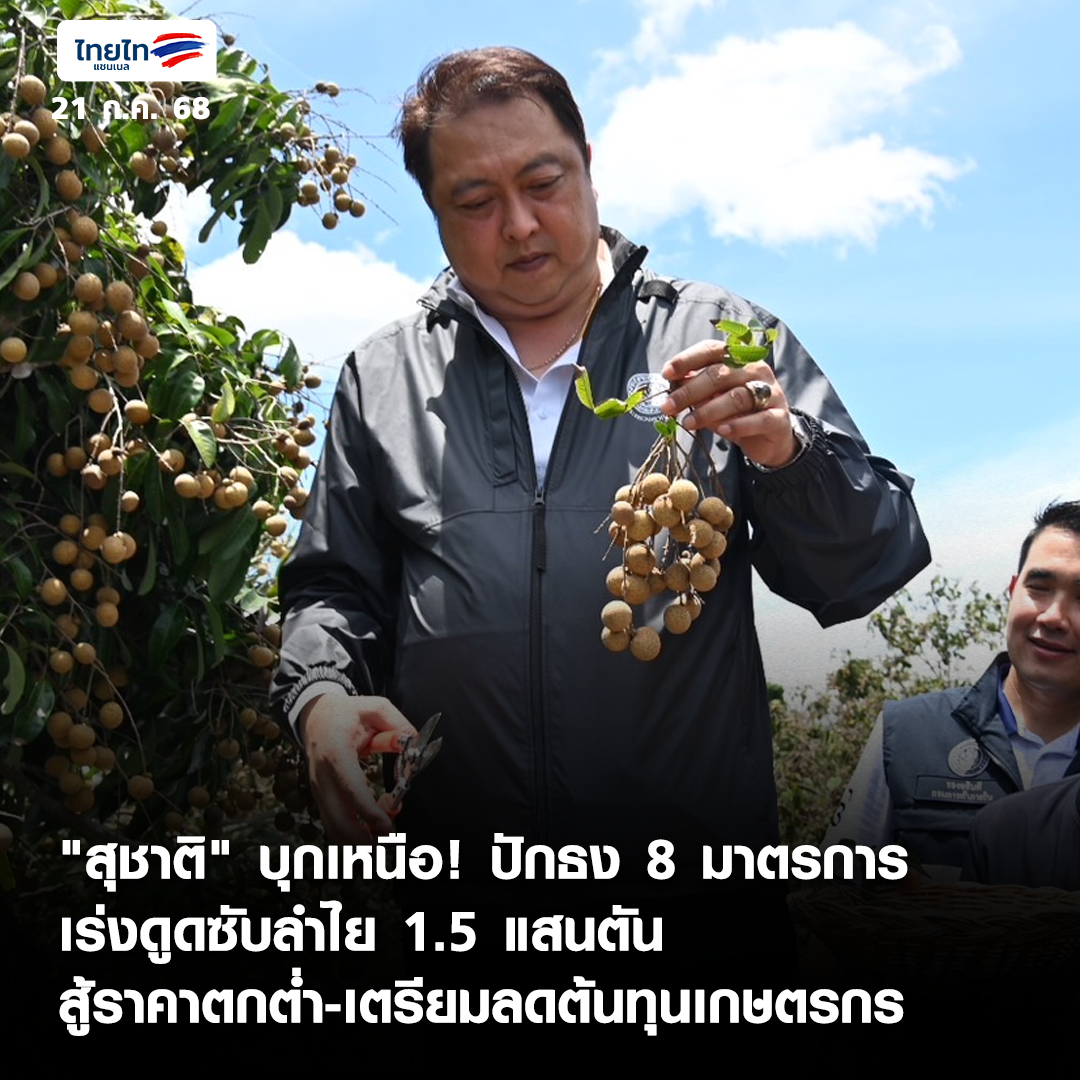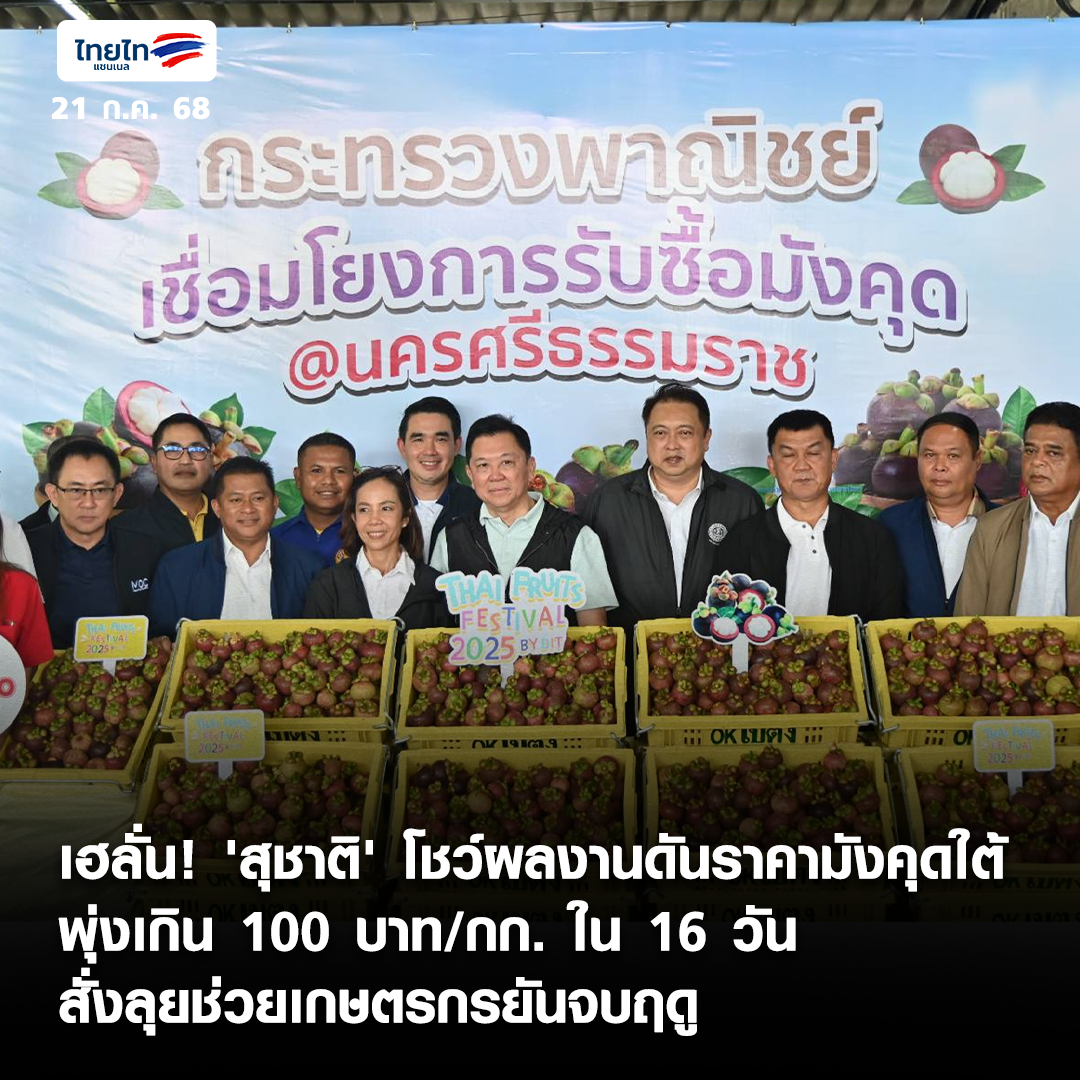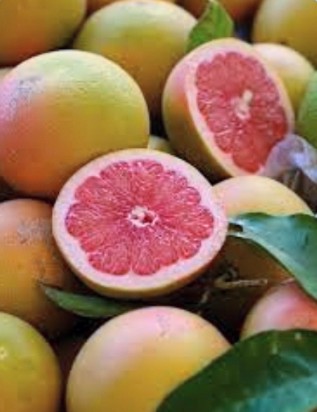Examples Of Every Letter Being Silent, With The Exception Of…
You probably already know that English features many, many words with silent letters—letters that appear in the word but aren’t pronounced and often make us wonder what they are even doing there. For example, the letter B in the words debt and thumb. Or whatever the heck is going on in the words colonel, queue, and bourgeoisie.
Even though you’re probably already familiar with silent letters, you might not realize just how many words in English actually use them. To demonstrate just how common these silent letters actually are, we quietly gathered up a list of as many examples of silent letters as we could find.
It should be noted that silent letters often depend on pronunciation and regional accents, which we have noted at points in our list.
Silent A words
The letter A is silent in a bunch of words that include -ea, such as bread, dread, head, thread, and spread. The letter A also remains quiet in a bunch of adverbs that end in -ically, such as basically, stoically, logically, frantically, fanatically, magically, and tragically. A few words also have a silent A at the beginning that doesn’t seem to do much of anything, such as aisle and aesthetic.
Silent B words
The letter B likes to silently follow the letter M at the end of many words, such as in dumb, plumb, crumb, thumb, numb, succumb, lamb, limb, climb, tomb, comb, bomb, and womb. The letter B also seems to also slip in silently before the letter T in words like debt, doubt, and subtle.
Silent C words
When it comes to the letter C, it seems to remain silent when it follows the letter S. There are many examples of this, such as science, scissors, scent, ascent, crescent, descent, descend, disciple, scene, obscene, fluorescent, abscess, fascinate, and muscle.
The silent C also shows up in a few other weird words such as czar, acquire, indict, and yacht. Yacht is so fancy that it even slips a silent H in there too.
Silent D words
The letter D is silent in some words that pair it up with the letter G, as in bridge, ridge, edge, ledge, and hedge. It also doesn’t have much to say in some pronunciations of the words handsome and handkerchief. Lastly, the first D in the word Wednesday seems to have taken the day off.
Silent E words
The letter E quietly resides in the middle of the word vegetable. However, there are tons and tons more silent E‘s out there. The letter E often goes unpronounced at the end of many, many words that include but are certainly not limited to the words imagine, plaque, brute, debate, excite, make, due, true, crime, grace, goose, axe, die, dye, bike, eke, pie, use, toe, cage, dude, mute, candle, and adore.
Silent F words
This one will depend on how you pronounce the word fifth, which has two common pronunciations: one in which both F‘s are pronounced and one in which the second F is not (as if it were spelled “fith”). As far as we know, this silent F pronunciation of fifth is the only example in English of a word with a silent F.
Silent G words
For whatever reason, the letter G likes to stay quiet when it is paired up with the letter N. Examples include gnaw, gnarly, gnostic, gnat, gnash, gnome, champagne, cologne, align, assign, benign, sign, feign, foreign, and reign. The letter G also often keeps quiet when it sees the letter H, as in sigh, high, sight, light, bright, night, fight, though, and thorough.
Silent H words
We have already listed quite a few words with silent Hs but there are plenty more to find. The letter H is sometimes silent when placed at the beginning of words such as hour, heir, honor, herb, homage, and honest. The letter H is silent in many words where it follows the letter C, such as anchor, archive, chaos, character, Christmas, charisma, chemical, choreography, chorus, choir, and echo. The letter H is also silent in words where it follows the letter W, as in when, where, which, why, whine, whistle, and white. Finally, the letter H doesn’t seem to be doing much at all in the words ghost and rhyme.
Silent I words
Compared to the other vowels, the letter I seems to love to be heard. We could only find a few words that feature a silent I, such as business, suit, and fruit.
Silent J words
Based on our, ahem, totally professional research, the only English word to have a silent J is … marijuana. And interestingly, it’s tough to find a language with a silent J. J just loves to be heard.
Silent K words
The letter K is silent at the beginning of lots of words where it is followed by the letter N. Some examples of this include knife, knight, knob, knock, knit, knuckle, knee, kneel, knick-knack, knowledge, know, knot, and knoll.
Silent L words
The letter L is silent in the words including should, could, would, half, calf, chalk, talk, walk, folk, and yolk. The silent L in the word salmon is also pretty fishy.
Silent M words
After looking high and low, the only words we could find with a silent M are ones that begin with mn, such as mnemonic and similarly derived terms, but maybe we just need something to help us remember others.
Silent N words
The letter N seems to be shy around the letter M as it doesn’t speak up in words like autumn, column, condemn, solemn, and hymn.
Silent O words
The letter O is silent in some words that pair it with fellow vowels E and U, such as people, jeopardy, leopard, rough, tough, enough, trouble, and double.
Silent P words
The letter P is often silent in words that pair it with the letter S, as in psalm, psyche, psychology, pseudoscience, pseudonym, and corps. It is also silent in many technical words that include the prefixes pneumato-, pneumano-, and pneumo-, such as pneumonia and pneumatic. The letter P is also silent in a few other oddball words such as raspberry, receipt, and pterodactyl.
Silent Q words
The letter Q mostly makes its presence felt whenever it appears. The word lacquer seems to be the sole example of a word with a silent Q that we could manage to find.
Silent R words
Besides the common pronunciation of the word February that leaves out the first R, the existence (or nonexistence) of silent R’s largely depends on whether you have a rhotic or non-rhotic accent. For example, a person with a non-rhotic Boston accent will likely employ several silent R’s following vowels in the sentence My sister parked her car near Harvard Yard.
Silent S words
The Silent S appears in several different words, including island, isle, aisle, apropos, debris, bourgeois, and viscount.
Silent T words
One pattern we could find for the Silent T occurs when it is paired with the letter L in words like whistle, bristle, thistle, bustle, hustle, and castle. The letter T is also silent in a lot of French loanwords such as ballet, gourmet, rapport, ricochet, buffet, crochet, valet, debut, and beret. Besides that, the silent T appears in a random assortment of other words, such as asthma, mortgage, tsunami, soften, listen, fasten, glisten, and moisten.
Silent U words
U must get nervous around G‘s because it can’t seem to say anything when it comes after them in words like guard, guide, guilt, guitar, guess, disguise, guest, guilt, guise, baguette, dialogue, monologue, league, colleague, rogue, vague, and tongue. You can also find a silent U in words like build, biscuit, circuit, and laugh.
Silent V words
We looked as hard as we could for words with a silent V, but we sadly came up empty. Some sources claim that V is the only letter in English that is never silent, and we couldn’t find any examples to prove that claim wrong. Poetic contractions like e’er and ne’er do cut it right out, though.
Silent W words
The letter W gets tongue-tied around the letter R and is often silent when placed before it in words like wrack, wrench, wreath, wrestle, wrangle, wrist, wrong, wring, wrought, write, writ, wrinkle, wraith, wrap, wrath, wretch, wreck, writhe, wry, wrapper, and playwright. A handful of other words also feature a silent W, such as answer, sword, two, and who.
Silent X words
Unless we made an embarrassing mistake, we are pretty sure the letter X is silent in the words faux and faux pas. As it is in other French-derived words, such as roux and doux and some plurals, like choux and reseaux (the plurals of chou and reseau, respectively).
Silent Y words
The letter Y is another one that depends on pronunciation to be silent. For example, one pronunciation of the word beyond [ bee-ond ] could be considered to contain a silent Y.
Silent Z Words
A handful of French loanwords have that special je ne sais quoi of a silent Z, including rendezvous and laissez-faire.
สงวนลิขสิทธิ์ © 2025 AAKKHRA & Co.
Examples Of Every Letter Being Silent, With The Exception Of…
You probably already know that English features many, many words with silent letters—letters that appear in the word but aren’t pronounced and often make us wonder what they are even doing there. For example, the letter B in the words debt and thumb. Or whatever the heck is going on in the words colonel, queue, and bourgeoisie.
Even though you’re probably already familiar with silent letters, you might not realize just how many words in English actually use them. To demonstrate just how common these silent letters actually are, we quietly gathered up a list of as many examples of silent letters as we could find.
It should be noted that silent letters often depend on pronunciation and regional accents, which we have noted at points in our list.
Silent A words
The letter A is silent in a bunch of words that include -ea, such as bread, dread, head, thread, and spread. The letter A also remains quiet in a bunch of adverbs that end in -ically, such as basically, stoically, logically, frantically, fanatically, magically, and tragically. A few words also have a silent A at the beginning that doesn’t seem to do much of anything, such as aisle and aesthetic.
Silent B words
The letter B likes to silently follow the letter M at the end of many words, such as in dumb, plumb, crumb, thumb, numb, succumb, lamb, limb, climb, tomb, comb, bomb, and womb. The letter B also seems to also slip in silently before the letter T in words like debt, doubt, and subtle.
Silent C words
When it comes to the letter C, it seems to remain silent when it follows the letter S. There are many examples of this, such as science, scissors, scent, ascent, crescent, descent, descend, disciple, scene, obscene, fluorescent, abscess, fascinate, and muscle.
The silent C also shows up in a few other weird words such as czar, acquire, indict, and yacht. Yacht is so fancy that it even slips a silent H in there too.
Silent D words
The letter D is silent in some words that pair it up with the letter G, as in bridge, ridge, edge, ledge, and hedge. It also doesn’t have much to say in some pronunciations of the words handsome and handkerchief. Lastly, the first D in the word Wednesday seems to have taken the day off.
Silent E words
The letter E quietly resides in the middle of the word vegetable. However, there are tons and tons more silent E‘s out there. The letter E often goes unpronounced at the end of many, many words that include but are certainly not limited to the words imagine, plaque, brute, debate, excite, make, due, true, crime, grace, goose, axe, die, dye, bike, eke, pie, use, toe, cage, dude, mute, candle, and adore.
Silent F words
This one will depend on how you pronounce the word fifth, which has two common pronunciations: one in which both F‘s are pronounced and one in which the second F is not (as if it were spelled “fith”). As far as we know, this silent F pronunciation of fifth is the only example in English of a word with a silent F.
Silent G words
For whatever reason, the letter G likes to stay quiet when it is paired up with the letter N. Examples include gnaw, gnarly, gnostic, gnat, gnash, gnome, champagne, cologne, align, assign, benign, sign, feign, foreign, and reign. The letter G also often keeps quiet when it sees the letter H, as in sigh, high, sight, light, bright, night, fight, though, and thorough.
Silent H words
We have already listed quite a few words with silent Hs but there are plenty more to find. The letter H is sometimes silent when placed at the beginning of words such as hour, heir, honor, herb, homage, and honest. The letter H is silent in many words where it follows the letter C, such as anchor, archive, chaos, character, Christmas, charisma, chemical, choreography, chorus, choir, and echo. The letter H is also silent in words where it follows the letter W, as in when, where, which, why, whine, whistle, and white. Finally, the letter H doesn’t seem to be doing much at all in the words ghost and rhyme.
Silent I words
Compared to the other vowels, the letter I seems to love to be heard. We could only find a few words that feature a silent I, such as business, suit, and fruit.
Silent J words
Based on our, ahem, totally professional research, the only English word to have a silent J is … marijuana. And interestingly, it’s tough to find a language with a silent J. J just loves to be heard.
Silent K words
The letter K is silent at the beginning of lots of words where it is followed by the letter N. Some examples of this include knife, knight, knob, knock, knit, knuckle, knee, kneel, knick-knack, knowledge, know, knot, and knoll.
Silent L words
The letter L is silent in the words including should, could, would, half, calf, chalk, talk, walk, folk, and yolk. The silent L in the word salmon is also pretty fishy.
Silent M words
After looking high and low, the only words we could find with a silent M are ones that begin with mn, such as mnemonic and similarly derived terms, but maybe we just need something to help us remember others.
Silent N words
The letter N seems to be shy around the letter M as it doesn’t speak up in words like autumn, column, condemn, solemn, and hymn.
Silent O words
The letter O is silent in some words that pair it with fellow vowels E and U, such as people, jeopardy, leopard, rough, tough, enough, trouble, and double.
Silent P words
The letter P is often silent in words that pair it with the letter S, as in psalm, psyche, psychology, pseudoscience, pseudonym, and corps. It is also silent in many technical words that include the prefixes pneumato-, pneumano-, and pneumo-, such as pneumonia and pneumatic. The letter P is also silent in a few other oddball words such as raspberry, receipt, and pterodactyl.
Silent Q words
The letter Q mostly makes its presence felt whenever it appears. The word lacquer seems to be the sole example of a word with a silent Q that we could manage to find.
Silent R words
Besides the common pronunciation of the word February that leaves out the first R, the existence (or nonexistence) of silent R’s largely depends on whether you have a rhotic or non-rhotic accent. For example, a person with a non-rhotic Boston accent will likely employ several silent R’s following vowels in the sentence My sister parked her car near Harvard Yard.
Silent S words
The Silent S appears in several different words, including island, isle, aisle, apropos, debris, bourgeois, and viscount.
Silent T words
One pattern we could find for the Silent T occurs when it is paired with the letter L in words like whistle, bristle, thistle, bustle, hustle, and castle. The letter T is also silent in a lot of French loanwords such as ballet, gourmet, rapport, ricochet, buffet, crochet, valet, debut, and beret. Besides that, the silent T appears in a random assortment of other words, such as asthma, mortgage, tsunami, soften, listen, fasten, glisten, and moisten.
Silent U words
U must get nervous around G‘s because it can’t seem to say anything when it comes after them in words like guard, guide, guilt, guitar, guess, disguise, guest, guilt, guise, baguette, dialogue, monologue, league, colleague, rogue, vague, and tongue. You can also find a silent U in words like build, biscuit, circuit, and laugh.
Silent V words
We looked as hard as we could for words with a silent V, but we sadly came up empty. Some sources claim that V is the only letter in English that is never silent, and we couldn’t find any examples to prove that claim wrong. Poetic contractions like e’er and ne’er do cut it right out, though.
Silent W words
The letter W gets tongue-tied around the letter R and is often silent when placed before it in words like wrack, wrench, wreath, wrestle, wrangle, wrist, wrong, wring, wrought, write, writ, wrinkle, wraith, wrap, wrath, wretch, wreck, writhe, wry, wrapper, and playwright. A handful of other words also feature a silent W, such as answer, sword, two, and who.
Silent X words
Unless we made an embarrassing mistake, we are pretty sure the letter X is silent in the words faux and faux pas. As it is in other French-derived words, such as roux and doux and some plurals, like choux and reseaux (the plurals of chou and reseau, respectively).
Silent Y words
The letter Y is another one that depends on pronunciation to be silent. For example, one pronunciation of the word beyond [ bee-ond ] could be considered to contain a silent Y.
Silent Z Words
A handful of French loanwords have that special je ne sais quoi of a silent Z, including rendezvous and laissez-faire.
สงวนลิขสิทธิ์ © 2025 AAKKHRA & Co.









